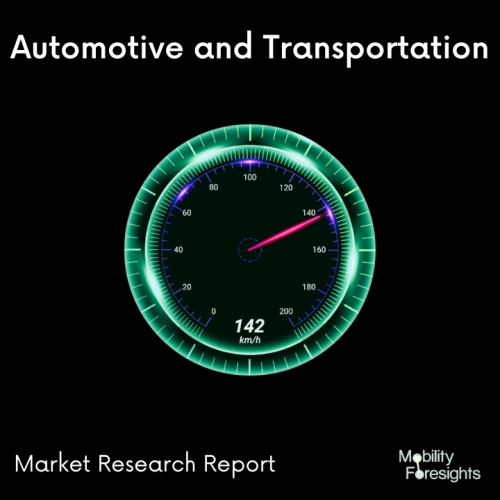
- Get in Touch with Us

Last Updated: Apr 25, 2025 | Study Period: 2024-2030
Vehicles can electronically communicate information about their speed, location, and heading thanks to vehicle-to-vehicle (V2V) communication. cars may send and receive omnidirectional messages (up to 10 times per second) thanks to the technology enabling V2V communication, giving them a 360-degree "awareness" of other nearby cars.
The communications from neighbouring vehicles can be used by vehicles with the proper software (or safety programmes) to identify possible crash dangers as they emerge. The device can then use a combination of audio, tactile, and visual alertsâor any one of them aloneâto warn drivers.

The Global EV Vehicle-to-Vehicle communication market accounted for $XX Billion in 2023 and is anticipated to reach $XX Billion by 2030, registering a CAGR of XX% from 2024 to 2030.
V2V has the potential to both be an important development in and of itself as well as serve as an essential foundation for fully autonomous vehicles in the future. The next hurdle is to construct the mesh networking infrastructure that would enable vehicles to communicate with one another.
Hundreds of sensors are already in modern vehicles, thus a lot of the information needed (such as speed, direction, etc.) already exists. Each component of the networkâa vehicleâcan generate, receive, and relay messages in a peer-to-peer mesh network that underpins vehicle-to-vehicle communication.
This strategy allows for the construction of a sizable network in densely inhabited places without the expense of costly infrastructure. V2V is anticipated to progress along a similar evolutionary path as automotive technology continues to advance towards fully autonomous vehicles.
When the systems are further developed, they may be able to manage the car by applying the brakes or reversing to avoid obstacles after initially alerting the driver.
Dedicated short-range communications (DSRC) is one technology that groups like the FCC and ISO are proposing, and V2V would create a mesh network.
This is comparable to WiFi in that it uses a 5.9GHz frequency and has a range of around 300 metres, which is equivalent to about 10 seconds on a motorway. Early V2V implementations are probably going to be 'warning only' systems, which alert the driver either visually or audibly (or both).
| Sl no | Topic |
| 1 | Market Segmentation |
| 2 | Scope of the report |
| 3 | Abbreviations |
| 4 | Research Methodology |
| 5 | Executive Summary |
| 6 | Introduction |
| 7 | Insights from Industry stakeholders |
| 8 | Cost breakdown of Product by sub-components and average profit margin |
| 9 | Disruptive innovation in the Industry |
| 10 | Technology trends in the Industry |
| 11 | Consumer trends in the industry |
| 12 | Recent Production Milestones |
| 13 | Component Manufacturing in US, EU and China |
| 14 | COVID-19 impact on overall market |
| 15 | COVID-19 impact on Production of components |
| 16 | COVID-19 impact on Point of sale |
| 17 | Market Segmentation, Dynamics and Forecast by Geography, 2024-2030 |
| 18 | Market Segmentation, Dynamics and Forecast by Product Type, 2024-2030 |
| 19 | Market Segmentation, Dynamics and Forecast by Application, 2024-2030 |
| 20 | Market Segmentation, Dynamics and Forecast by End use, 2024-2030 |
| 21 | Product installation rate by OEM, 2023 |
| 22 | Incline/Decline in Average B-2-B selling price in past 5 years |
| 23 | Competition from substitute products |
| 24 | Gross margin and average profitability of suppliers |
| 25 | New product development in past 12 months |
| 26 | M&A in past 12 months |
| 27 | Growth strategy of leading players |
| 28 | Market share of vendors, 2023 |
| 29 | Company Profiles |
| 30 | Unmet needs and opportunity for new suppliers |
| 31 | Conclusion |
| 32 | Appendix |